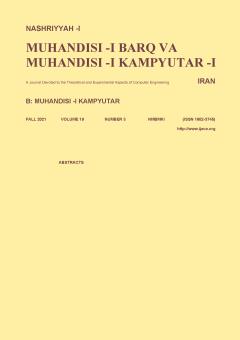-
-
List of Articles
-
Open Access Article
1 - Numeric Polarity Detection based on Employing Recursive Deep Neural Networks and Supervised Learning on Persian Reviews of E-Commerce Users in Opinion Mining Domain
Sepideh Jamshidinejad Fatemeh Ahmadi-Abkenari Peiman Bayat -
Open Access Article
2 - Autonomous Controlling System for Structural Health Monitoring Wireless Sensor Networks
Sahand Hashemi Seyyed Amir Asghari Mohammad Reza Binesh Marvasti -
Open Access Article
3 - Propose a Proper Algorithm for Incremental Learning Based on Fuzzy Least Square Twin Support Vector Machines
Javad Salimi Sartakhti Salman Goli -
Open Access Article
4 - Optimal and Sub-optimal Transmitter-Receiver Design in Dense Wireless Sensor Networks and the Internet of Things
Farzad H. Panahi Fereidoun H. Panahi Zahra Askarizadeh Ardestani -
Open Access Article
5 - Providing lightweight mutual group authentication of Internet of Things
reza sarabi miyanaji sam jabbehdari nasser modiri -
Open Access Article
6 - Efficient Recognition of Human Actions by Limiting the Search Space in Deep Learning Methods
m. koohzadi N. Moghadam -
Open Access Article
7 - Search Engine for Structured Event Retrieval from News Sources
A. mirzaeiyan s. aliakbary
-
The rights to this website are owned by the Raimag Press Management System.
Copyright © 2017-2025







